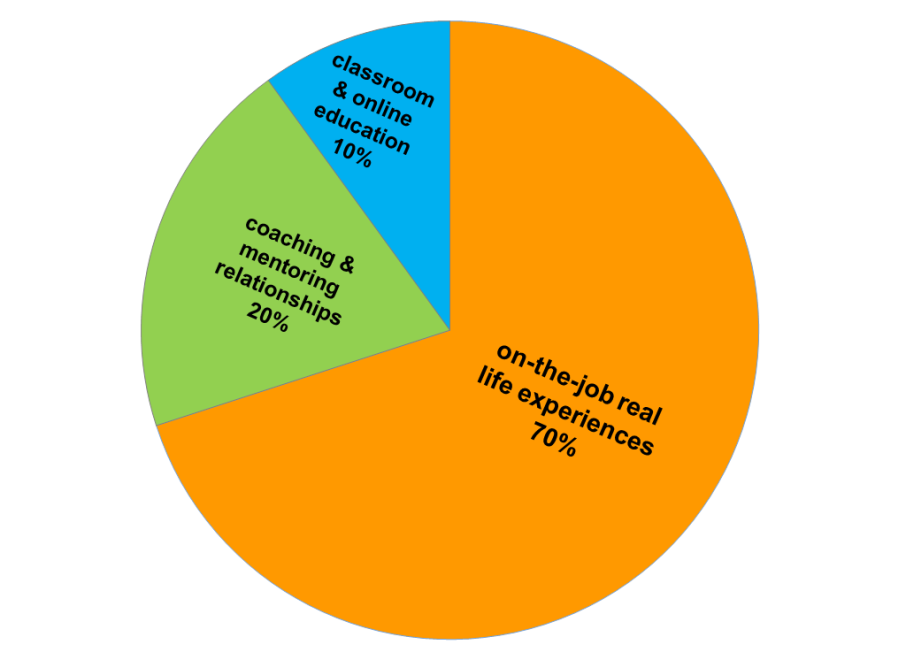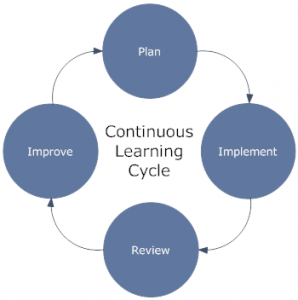
Have you ever heard the expression “Hot bath turned cold’? Perhaps not, however if you have been involved in the sales training industry or sales management it is a term that is synonymous with the quick, sheep dip, Rah Rah motivational sessions that business leaders and sales managers run for their sales people in the hope that they will sell more. Sadly the opposite is true. At the very best these ‘hot bath’ motivation techniques can provide entertainment value, however at worst they can do more harm than good. We get a lot of salespeople saying they are sick of these types of approaches to sales training because they are left with little to show for it – they are given no real skills or tools they can use in the field. And like a hot bath whatever warmth you may have felt while in, it soon gets cold with your short, medium and long term expectations of sales success never met.
Yet many companies think that all sales people need is a bit of motivation to make them sell more so they get in a pumped up motivational speaker with a bit of sales experience to tell war stories and how you can be like them if you only do this or that. Management’s attempts to cut corners and scrimp on effective sales training and coaching are cheating our sales people, our customers and our businesses.
Well founded research in learning and development shows that continuous learning, a little bit every day, is the way to go. Smart, savvy, successful sales people need to train like athletes. This doesn’t mean spending a lot of money on fancy training– it means creating a culture of continuous learning where practice, reflection, self-learning and coaching occur daily using applied, practical sales tools and sales processes that can be easily transferred and taught. That is why sales training and development programs like Barrett’s Sales Essentials are delivered over 20-40 weeks in bite size chunks to enable learning and development to take place and sales mastery to be achieved which in turn produces sales results.
Sales Training needs to be an integrated process involving role clarity, clear sales competencies, sales plans, sales metrics, regular infield coaching, etc. all linked to a strategy – not some afterthought or isolated event.
Ask yourself these questions:
Q. What are you trying to change by offering sales training?
Q. Do you want change to occur as a result of the training? if so, can it be defined and measured?
Q. What is the point of doing the training?
Q. What am I trying to achieve with training?
A study conducted a number of years ago found that within one week of leaving any sales skills training program (with no follow up sessions or coaching) salespeople had lost 87% of the new skills they had learned during the training program. Recent research by ES Research Group shows that 90% of all sales training programs result in a 90 – 120 day increase in productivity – but after that, nothing. It was only a temporary blip! Fewer than 20% of companies show sustainable productivity gains that last a year or more.
What we have found, and learning research shows, is that sales training only works if it is carefully matched to and directly supporting the use of your sales model, methodology & sales force profile and it has to be supported by Coaching in the field and real world application hence the 70:20:10 learning philosophy made known by Morgan McCall, Robert W. Eichinger, and Michael M. Lombardo.
To ensure that real learning takes place and endures, we need to emphasise and encourage a holistic approach by integrating both formal and informal elements. The most effective way to learn and develop a new skill or behaviour is to apply and practice it on the job and in real life situations. Good learning and development philosophy is built upon how individuals internalise and apply what they learn based on how they acquire the knowledge.
 The 70:20:10 formula* that describes how learning occurs:
The 70:20:10 formula* that describes how learning occurs:
- 70% from real life and on-the-job experiences, tasks and problem solving. This is the most important aspect of any learning and development plan. Many organizations agree in theory, but getting it right is another matter altogether.
- 20% from feedback and from observing and working with role models – coaching from peers, subject matter experts and mentors.
- 10% from formal training/learning so that participants gain a solid base of knowledge and skills.
At Barrett we believe that the key elements to a successful learning process include both the “70:20:10 formula” and how individuals internalise and apply what they’ve learned.
Effective sales training can be defined as a planned program within the organisation that endeavours to bring about relatively permanent changes in employee knowledge, skills, attitudes, and behaviours. Behaviour modelling training has been found to be most effective.
To give a long term benefit, the training needs to give your sales staff the opportunity to apply what they learn in real life situations out in the field and have regular reviews as to effectiveness and efficiency of application.
Leading companies will link this to a clearly communicated and committed sales capability plan and make it a conscious part of everything: every sales meeting, every sales call, every coaching encounter will be about sales fitness.
So forget these RAH RAH Hot Bath sessions that promise the world and deliver nothing. You know they DON’T work! Now towel on down and get selling.
Remember everybody lives by selling something.
Author: Sue Barrett, www.barrett.com.au



New Article Email Notification